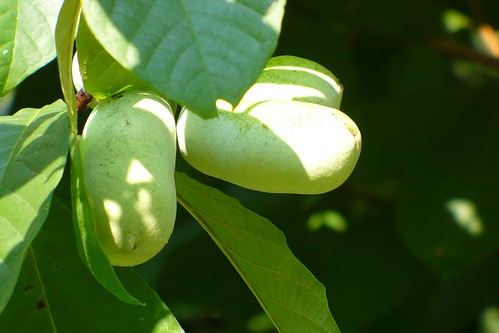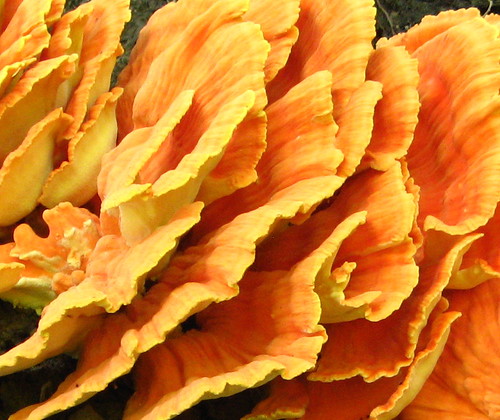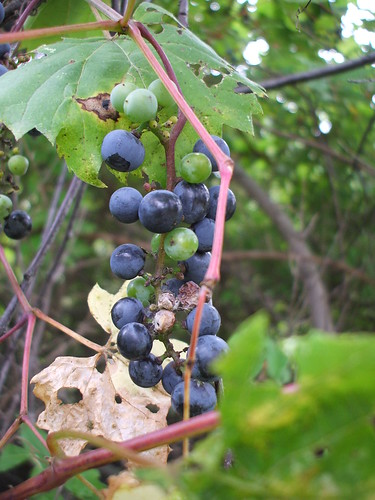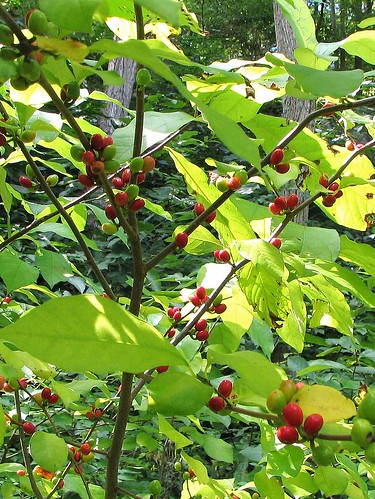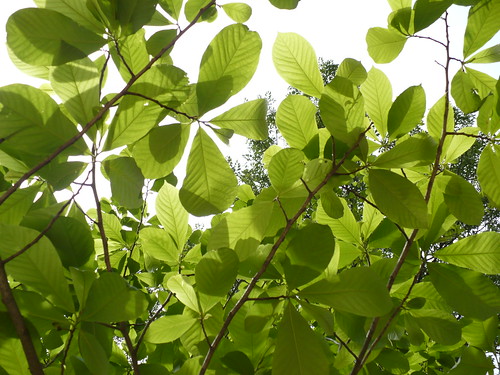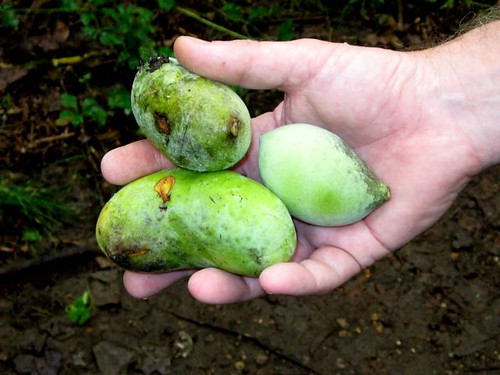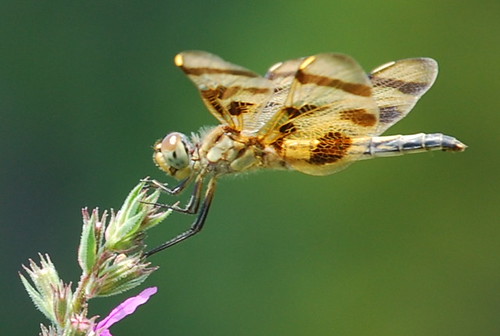Around this time of year, black walnut trees are cursed by homeowners throughout the DC area as they start dropping their nuts on roofs and driveways. But we say, when life gives you walnuts, make...walnuts!

Photo by the Natural Capital
Our native black walnuts (
Juglans nigra) aren't the English walnuts (
Juglans regia) you'll buy in the store -- and you'll pay a lot more for them, if you can find them at all. They're valued by many bakers for the special something they can add to cookies, brownies, and other treats.
People tend to have strong opinions about whether black walnuts taste good for eating out of hand. Wild edibles author Sam Thayer writes of telling a friend they taste like paint: "After cracking and eating a half dozen, he looked at me and said, 'You're right. They do taste like paint...
Really good paint.'"
Want to taste for yourself? First, find some nuts. They'll fall on the ground when they're ripe, and that's the easiest way to find them. You're looking for lime-green balls about the size of a racketball. Actually, even better than bright green, you want ones that have ripened to the point that they're getting a little yellowish, with black spots. Like any ripe fruit (and this is actually considered a fruit, botanically), the flesh should have a little give to it.
(Note: hickory nuts, which are also edible, have a similar green fleshy husk, but they're smaller and the husk is divided into four sections.)
Before you go picking up a bunch of walnuts or testing their softness, beware:
the outer green husk (and the juice it leaves behind on the inner nuts)
will stain your hands brown. For weeks. Washing won't do a bit of good.
So, if you're going to be handling walnuts, and you care about whether your hands are dyed funny colors,
WEAR RUBBER GLOVES.
Unless you want to
dye things brown, you don't need that fleshy husk. To remove it, you can just stomp on the walnuts where you find them on the ground, and (with your gloves on) remove the hard nut from the middle.
The nutmeats inside that hard shell are edible right away. But many people recommend letting them dry before you crack open that hard shell. It improves the flavor, and makes it easier to dig the (now slightly shrunken) nutmeat out of the shell when you do crack it open. It also allows that brown-staining juice to dry, so that you can work with the nuts without gloves on.
To dry the walnuts, once the husk is removed, spread them out on thick newspapers, cardboard, or old window screens, or hang them up in mesh onion bags. Let them sit for a couple of weeks somewhere with good ventilation. (But not outside, or the squirrels will steal them!)
Whether you let them dry or not, cracking into a black walnut shell is quite a challenge. A normal hand-held nutcracker won't do it. On the trail, you might have luck cracking walnuts between two rocks. We've been known to hang out by the fire and crack them open with hammers on a winter night. To keep the nutmeats more whole, you can buy special heavy-duty nutcrackers meant especially for walnuts, or use a slowly-tightened vise.
As you're using any of these methods, stop for a moment and appreciate how strong a squirrel's jaws and teeth are, to be able to get into these nuts.
Is it worth all this work? You'll just have to try it and decide for yourself. Then come back here and let us know what you think.
In the wild: Walnuts are common throughout rich, moist woods in the Washington, DC area, and also are planted in many yards. They are lovely trees with dark, ropy bark and compound leaves. The easiest way to find them at this time of year, though, is to look for the nuts falling on the ground.
In your yard: Black walnut makes a beautiful shade tree. We'd recommend planting it away from your house and driveway, so they're not pelted with nuts in the fall. The roots of walnuts create a chemical (juglone) that impedes growth in many common garden plants, including tomatoes. However, many native species have co-evolved with walnuts and are unaffected by this chemical.














